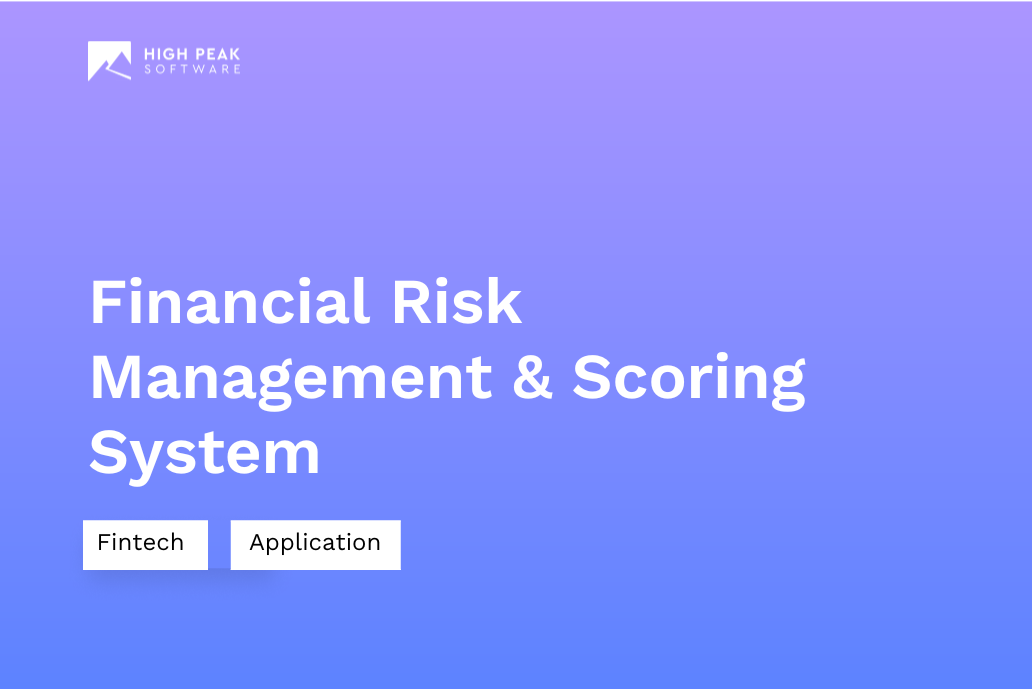Financial Risk Management & Scoring System

This is a rule-based financial risk management system, that takes into account several complex factors to assess and report potential financial risks and fraudster accounts. The platform also boasts a business rule engine to set configurable business rules to trigger potential risks.
Client Overview
The company is a financial technology firm specializing in designing, developing and managing electronic payment systems. By focusing on creating secure contextual and conditional ways of moving money, the company provides consumers and businesses around the globe with innovative ways of sending and receiving payments.
Client Overview
The company is a financial technology firm specializing in designing, developing and managing electronic payment systems. By focusing on creating secure contextual and conditional ways of moving money, the company provides consumers and businesses around the globe innovative ways of sending and receiving payments.
Features
Risk management system
Some of the key risk-assessing components are cumulative, velocity, and range limits, OFAC lists (uploaded into the Yantra system), watch lists from banks, white-listed IP addresses, etc. If any account triggers these parameters, they are immediately flagged as potential threats.
Risk scoring algorithms
SoundX algorithm, Jaro–Winkler algorithm, TRIE data structure (search) are few of the risk-scoring algorithms the team implemented to find the percentages of similarities and differences between certain variables such as similar-sounding names, etc.
Configurable rule engine
Configurable rules mean that any field of a record could be set as a rule to expect a certain value to trigger some flags indicating fraudulent information. Account number, Demat account being on hold for 3 months, account name, fiscal limits, etc.
Real-time data processing
Thousands of records are processed every second as they appear in real-time for all transaction types like bulk transactions, RTGS, NEFT, wired transfers, etc. Also, it helps keep track of the financial expenditure too.
Bulk risk report generation
The daily bulk report in risk management includes the number of daily high-risk, medium-risk and low-risk transactions, the number of new non-customers, the count of hourly transactions, geographically categorised number of transactions, master and secondary account holders categorised by the enormity of fiscal transactions, and more.
Want to learn more? Contact us now!


